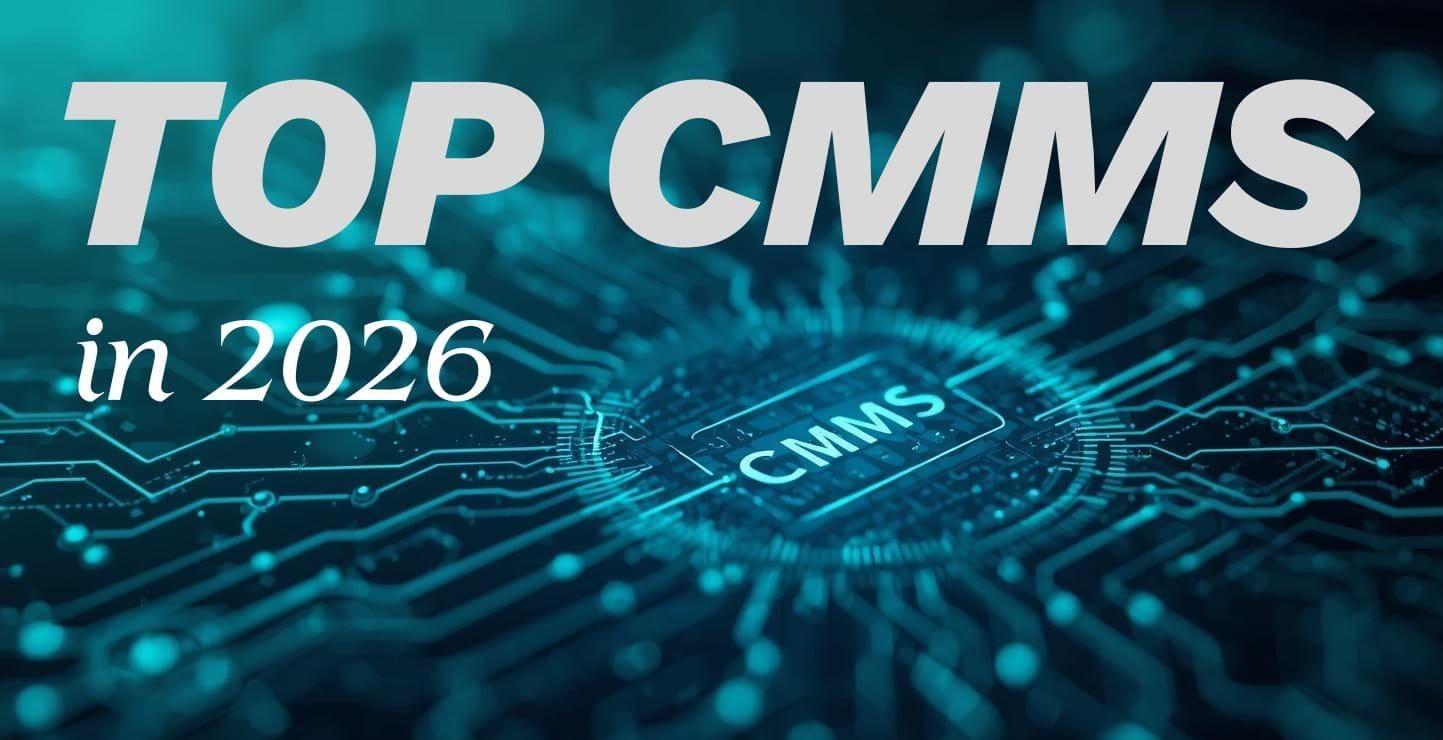After you’ve successfully completed your CMMS purchase, the next step is turning that into a successful CMMS implementation.
But, it’s likely you’re feeling some pressure. The same managers you worked with during the buying process will now be asking, “When will I see the benefits of CMMS implementation?”
Get tips for a successful CMMS implementation from the people who’ve done it—our MPulse team customers.
Table of Contents
A Step-By-Step Guide To Achieving A Successful CMMS Implementation
Step 1: Prioritize Requirements
The three steps to a successful CMMS implementation start with planning and prioritization. Determine what you need from others in your organization for implementation.
- List each department that must do something to support the CMMS rollout. These departments typically include IT, maintenance, operations, and finance.
- For each department, write down the information you need them to provide and/or the tasks they need to complete. For example, does IT need to increase network bandwidth? Do users in operations need to complete training? Will maintenance test the system?
- Prioritize the information needed or task. You’ll need some assignments to get started. You can schedule others for a later phase. Also determine what tasks need to be completed before other tasks can start. For example, system testing should happen before rolling out user training.
Step 2: Remind Users and Managers of the Value
Keeping stakeholders informed and involved through the initial unveiling phase is one of the most important steps to successful CMMS implementation. That includes reminding departments about the benefits this new CMMS software will provide them.
Perhaps operations and production departments/teams were promised better service at reduced cost from the maintenance team. Maybe senior management and finance were promised a good return on investment. IT may have been promised an easy fit with their server and network infrastructure, and responsive vendor support.
Use this information to communicate to each team specifically on what you’ll need from them to achieve these goals.
Step 3: Set Goals and Timeline
After Step 1 and Step 2, you’ll know what you need, who you need it from, and when you need it. In Step 3, you’ll set goals and a timeline.
Take each task, and use SMART goal criteria to set implementation goals that are…
- Specific
- Measurable
- Attainable
- Relevant
- Time-bound
Make goals as specific as possible to set mutual expectations clearly and keep your implementation project on track.
When you’re feeling the pressure, remember your much bigger goal—and the reason you started this implementation process in the first place. And ask for help. If you have questions, we have the answers. It just takes a phone call.
Want more information about CMMS implementations? Contact us or download our Successful CMMS Implementation Guide.






